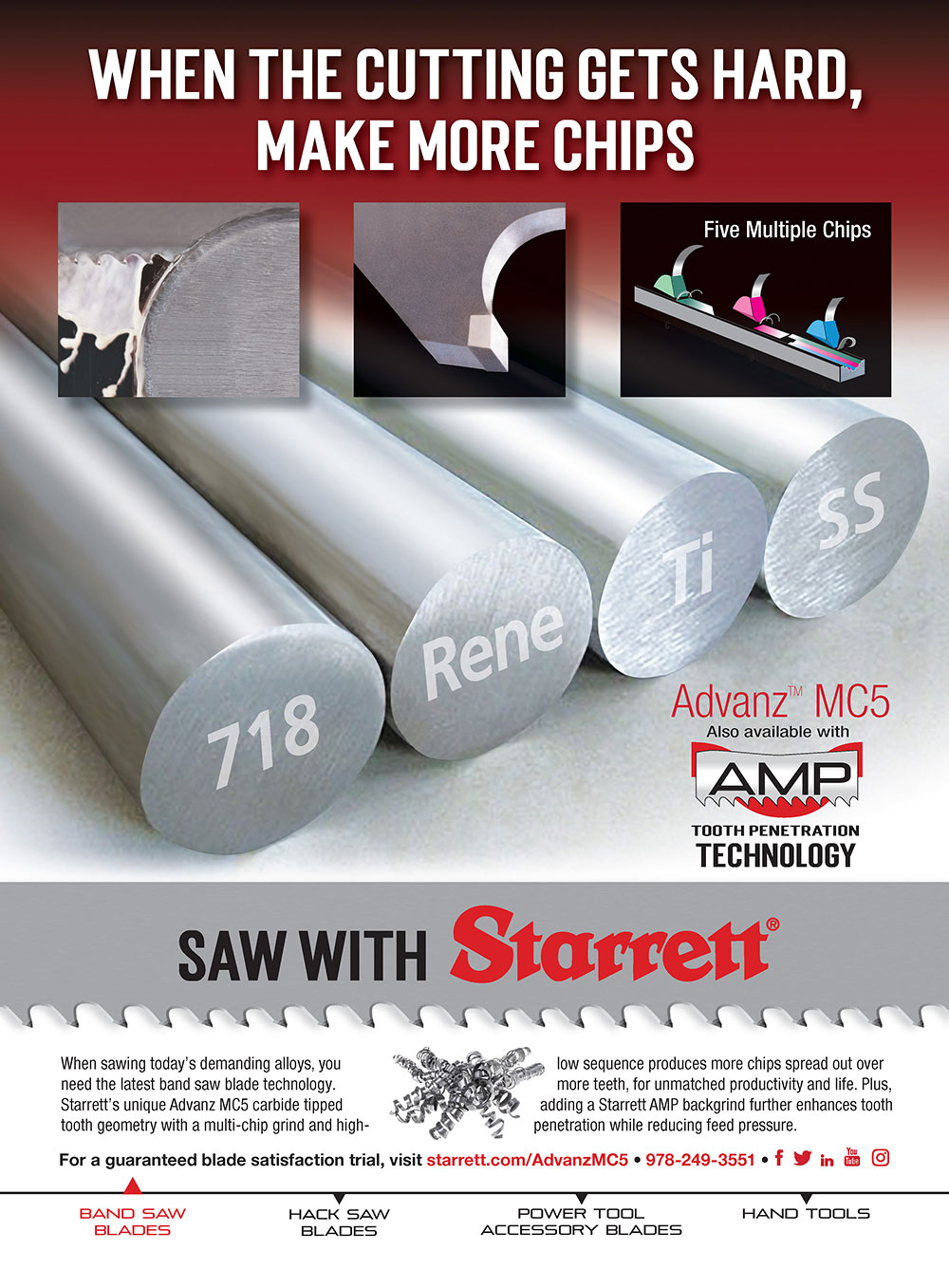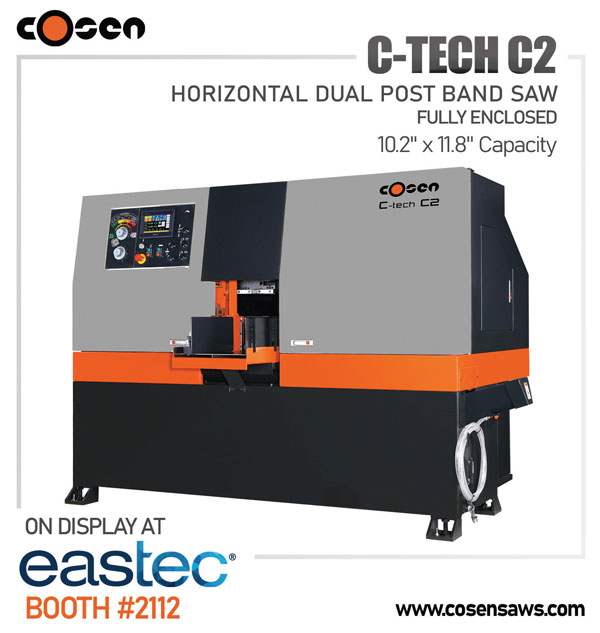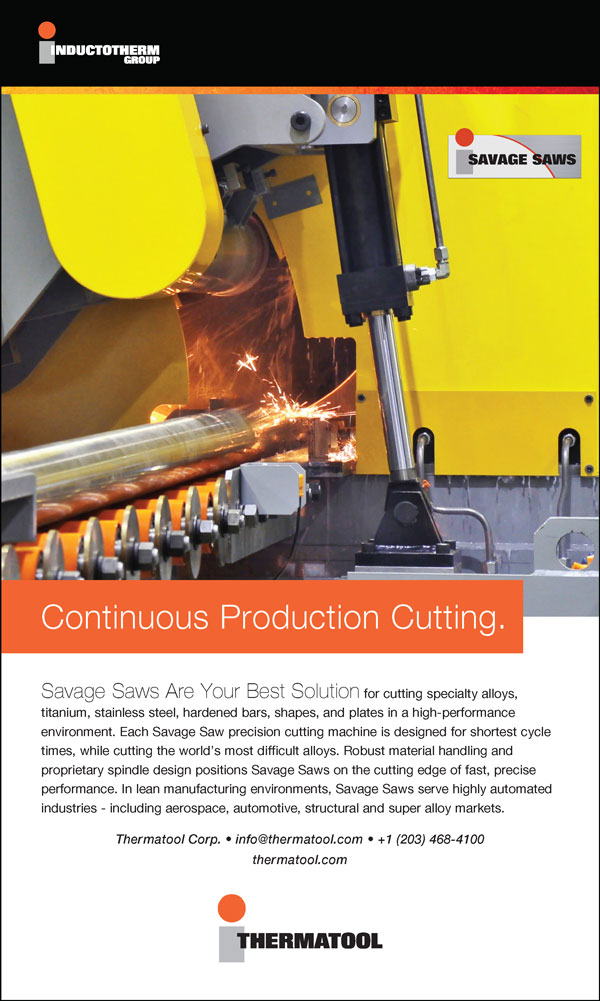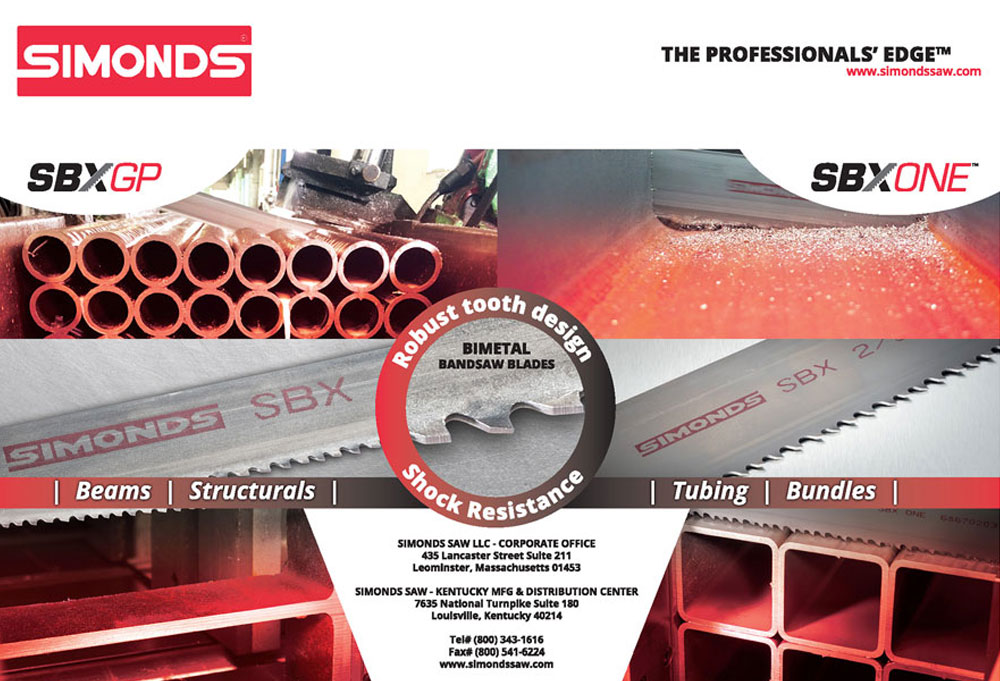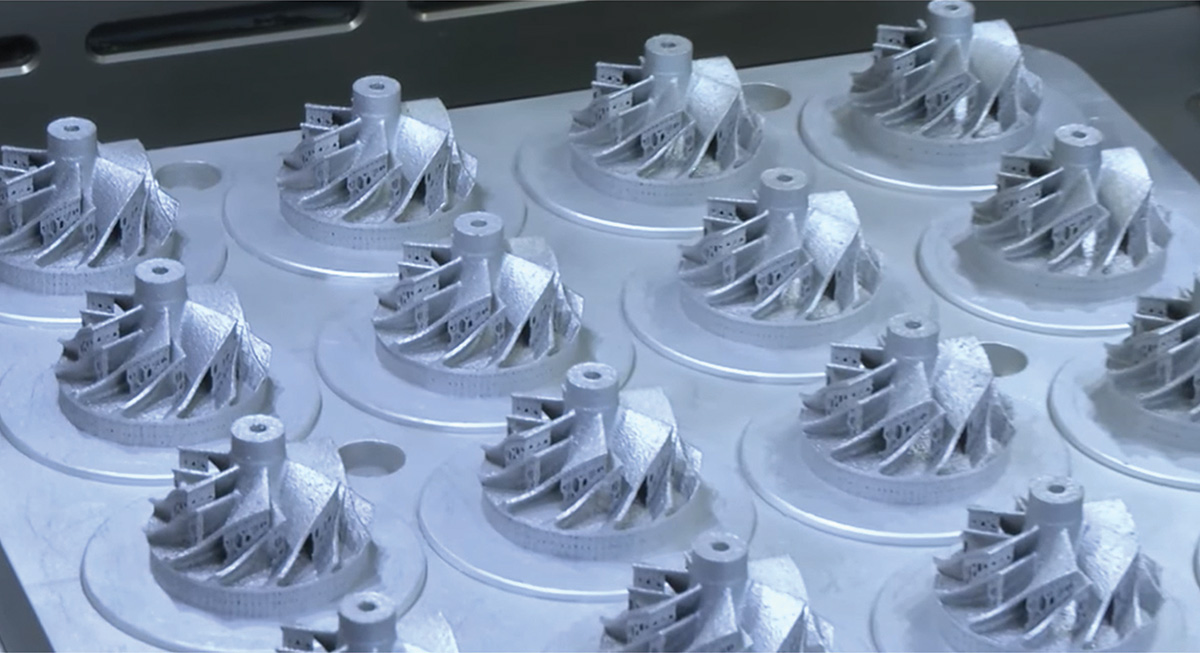
very company approaches transition in a different way: Wait and see or get involved early and become a trendsetter.
Once metals fabricators or manufacturers decide to invest in the future, they will soon find that sawing has a holistic influence on the production chain and that using the correct sawing tool ensures quality and process stability.
Additive processes represent an important technology in the production process for high-performance industries now and in the future. 3D printing is becoming increasingly efficient and is moving away from its original niche status. It is now worthwhile to test the technology and its applications and learn what it can do.
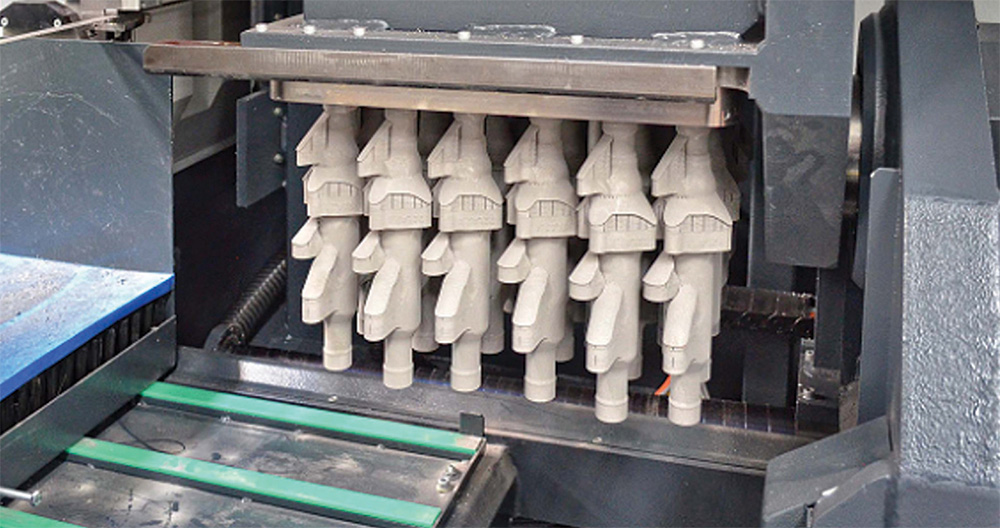
 innovative sawing solutions [will] become a key factor toward the efficiency of additive production methods.
innovative sawing solutions [will] become a key factor toward the efficiency of additive production methods. 
A second step in the post-processing of additively manufactured workpieces focuses on surface treatment, such as removing burrs. Support structures, which are created within the framework of the printing procedure and stabilize delicate components, must also be removed by using the band saw blade. Due to the special shapes of the workpieces, these processes are executed manually and are highly time-consuming and cost intensive. As a result, any cost-saving innovation in this area would be welcomed by manufacturers.
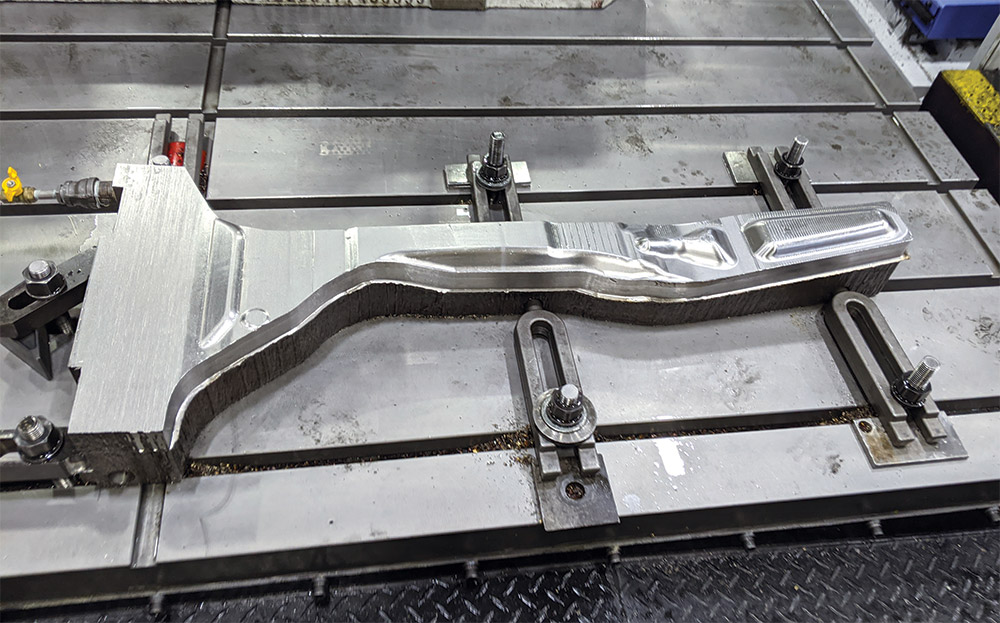
Costly, time-consuming or even unplanned work steps, especially in the area of post-processing, must be prevented. Creating smooth transitions between the individual production steps should be the goal, and this includes automating certain procedures. The potential for increasing the efficiency of additive procedures is large and the possibilities are varied.
